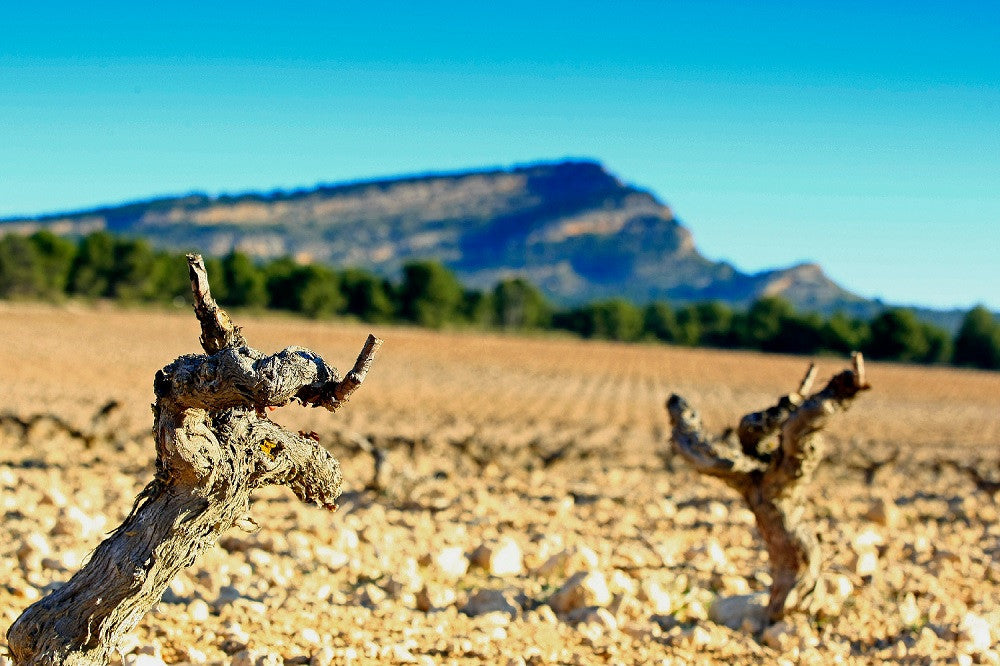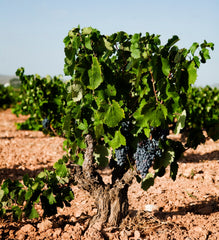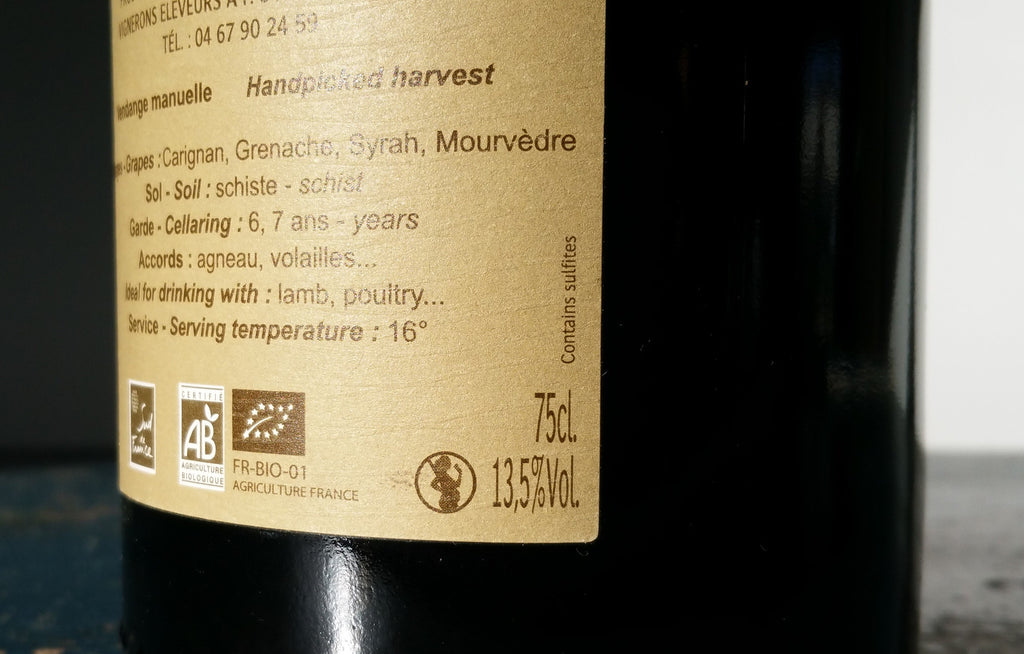Boysenberry pate de fruit, anybody?
Wine tasting notes have long been a bit of a joke, but they are a necessary evil - if we want to differentiate between wines then we need to be able to describe them. The problem is, it is cursed difficult to write a good one.
There are a few different approaches:
You can go for the plain, factual description: “Medium bodied, red fruit, high acidity etc…”, but these make for pretty boring reading and do little to convey the deliciousness (or otherwise) of the wine.
Go too far in the other direction though and you risk being shortlisted for the ‘Pulitzer Prize for Wine Reviews’ (as chosen by Ron Washam, a.k.a. The Hosemaster of Wine). The following was a contender last year:
“This is gorgeous, with lush linzer torte, boysenberry pâte de fruit and plum sauce notes that captivate, while anise, Lapsang souchong tea and singed apple wood notes fill in the background...”
Sounds sensational but definitely far fetched.
If you really can't be bothered, you can try the online Random Wine Review Generator. (This is not policy at Beagle HQ).
Or, you can go with the guerrilla wine reviewing technique used by this supermarket joker:

The truth is that not many people have the writing skill to pull it off. Two who do tend to get it right though are Hugh Johnson and Jon Rimmerman.
Rimmerman writes knowingly silly tasting notes, but he does still give you a pretty good idea of what to expect, and they are quite tempting:
“This wine is so delicious, I can still taste the spice cured jambon and dripping peppery red fruit that appears to float like a weightless dancing dandelion seed wafting and waiting to fall to earth (only to be carried further afield by a cool breeze).”
Hugh Johnson, co-author of The World Atlas of Wine, keeps it more serious but has a real knack for hitting the nail on the head. Not to mention being quite handy with a semi-colon.
The following description of Sauvignon Blanc and the merits of white Graves is not a tasting note, but it does show why he is the acknowledged master, (and he’s definitely right about white Graves/Bordeaux – often sensational but still strangely good value):
“Sauvignon Blanc has a loud voice but not a musical one. Singing piano or mezzo forte, as it does on the Loire, it can be more than agreeable. With all the stops out, Marlborough style, it is about as musical as the Last Night of the Proms.
And yet the solution is so easily at hand. The world’s grandest manifestation of Sauvignon has been doing it for a century. Has nobody noticed? To two measures of Sauvignon Blanc add one of Semillon. Vary the recipe to taste. If your grapes are impeccable, ferment in a barrel; if not, contrive a sniff of oak. France’s one true rival to top white Burgundy is Graves. It lost its way, some time in history, in a muddle about residual sugar and too much sulphur, but don’t blame the sins of the fathers on the children. If I have a racing prediction about white wine trends it is this. The evidence is growing: white Graves is coming back, and some of the brightest of the New World are joining in.” – Hugh Johnson, Decanter magazine.
Continue reading





